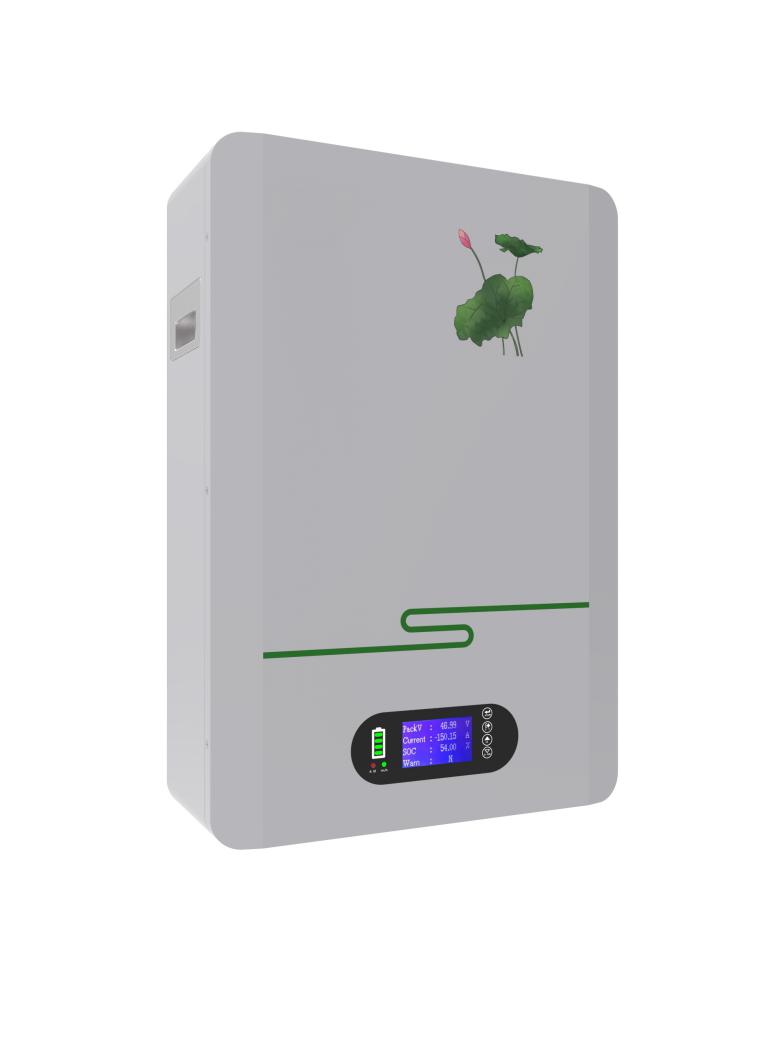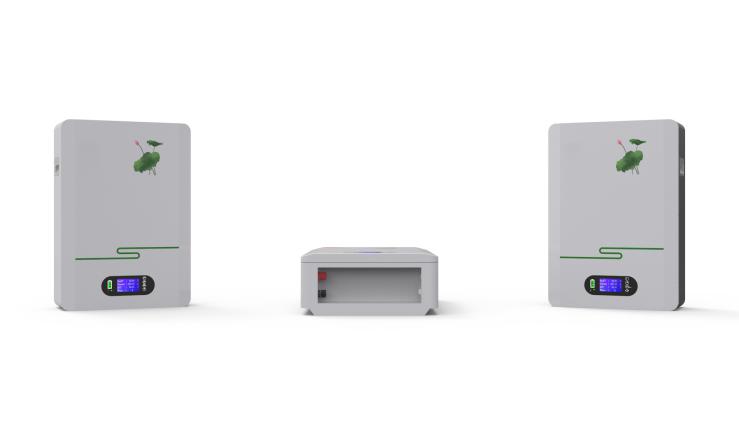- 28
- Nov
How Does A Tesla Powerwall Work?
The Tesla Powerwall is revolutionizing how we think about home energy. It’s not just a battery; it’s a key to energy independence and sustainability. With its ability to store and manage electricity, the Powerwall helps you cut down on energy costs. It’s especially useful when paired with solar panels, maximizing the use of clean energy. Even without solar, it efficiently manages grid electricity, saving money during peak hours.
What is the Tesla Powerwall?
The Tesla Powerwall is a sleek, rechargeable lithium-ion battery designed for home energy storage. It stores solar energy or electricity from the grid. This energy becomes handy during power outages or peak demand times. You can mount it on the wall or keep it on the ground, both indoors and outdoors. It’s smart too! You can control it with a smartphone app, monitoring energy use in real-time. The Powerwall helps reduce electricity bills, promotes green energy use, and offers a dependable backup power solution. It’s a game-changer for homes looking to be more energy-independent and eco-friendly.

Do You Need Solar Panels to Use a Tesla Powerwall?
You might wonder if you need solar panels to use a Tesla Powerwall. The quick response is no, but let’s go a little farther. A Tesla Powerwall stores electricity, and you can charge it in two main ways: using solar panels or the grid. Without solar panels, it can still function effectively, drawing power from the grid. This feature allows you to store energy during low-rate periods and use it when rates are higher, saving you money.
However, pairing it with solar panels unlocks its full potential. With solar panels, the Powerwall stores excess solar energy that you don’t immediately use. This setup is great for maximizing green energy usage. It ensures you have a consistent energy supply, even when the sun isn’t shining. This combination can lead to significant energy independence and lower electricity bills.
In areas with frequent power outages, the Powerwall offers reliable backup power. Whether it’s charged from the grid or solar panels, it can keep your lights on and fridge running during an outage. It’s a smart move for emergency preparedness.
The Tesla Powerwall also supports time-based control. This feature lets it store energy when rates are low and use it when rates are high. This is particularly beneficial for areas with variable electricity pricing.
Furthermore, the Tesla app gives you real-time control and monitoring. Whether you’re using solar panels or not, this feature allows you to manage your home’s energy use efficiently.
How does a tesla powerwall work?
Understanding how a Tesla Powerwall works is quite fascinating. Let’s break it down step by step.
Step 1: Installation and Setup
Firstly, a professional installs the Tesla Powerwall at your home. You can choose to mount it on a wall or place it on the ground, either inside or outside your home. The Powerwall connects to your home’s electrical system and the internet, allowing for smart energy management.
Step 2: Charging the Powerwall
The Powerwall can charge in two primary ways. If you have solar panels, the Powerwall charges using excess energy generated during the day. This energy is more than what your home immediately needs. Alternatively, if you don’t have solar panels, it can charge from the electrical grid. This is often done during off-peak hours when electricity rates are lower.
Step 3: Energy Storage
Once charged, the Powerwall stores this energy efficiently. Its lithium-ion battery technology ensures a high capacity for energy storage. This allows the Powerwall to hold a significant amount of electricity for later use.
Step 4: Power Management
With the Tesla app, you can manage the Powerwall’s settings and monitor its performance. You can see how much energy is stored, how much your home is using, and even control when to charge or discharge the battery.
Step 5: Energy Usage
Now, how is this stored energy used? During peak hours when electricity rates are higher, or when solar panels aren’t producing energy (like at night), the Powerwall supplies power to your home. This reduces your reliance on the grid and can lower your electricity bills.
Step 6: Backup Power
When there is a power loss, the Powerwall starts up automatically. It provides backup power to your home, ensuring essential appliances keep running. This makes it a reliable source of energy during emergencies.
Step 7: Time-Based Control
Another cool feature is time-based control. This allows the Powerwall to charge and discharge based on electricity rates and your energy usage patterns. It ensures you’re using energy most cost-effectively.
Step 8: Efficiency and Sustainability
Using a Powerwall, especially with solar panels, promotes sustainable living. It reduces your carbon footprint by maximizing the use of renewable energy. The Powerwall’s high efficiency means less energy is wasted during storage and usage.
Step 9: Smart Home Integration
The Powerwall easily integrates with other smart home systems. This allows for seamless control and monitoring of your entire home’s energy system.
Step 10: Continuous Learning and Updating
Lastly, the Powerwall is smart. It continuously learns and adapts to your energy usage patterns. With regular software updates, it keeps improving its efficiency and functionality.
There is more to the Tesla Powerwall than just batteries. It’s a smart, efficient, and sustainable way to manage your home’s energy. From charging with solar power to providing backup during outages, it ensures your home is powered effectively and economically.

How Does the Tesla Powerwall Work Without Solar?
The Tesla Powerwall works brilliantly, even without solar panels. Here’s how it operates simply and efficiently. Firstly, it charges using electricity from the grid. At off-peak times, when electricity prices are lower, this usually occurs. It’s a smart way to save money on your energy bill.
Once charged, the Powerwall stores this energy securely in its high-capacity lithium-ion battery. Think of it like a large power bank for your home. When energy costs are high, usually during peak hours, the Powerwall kicks in. It supplies electricity to your home, reducing your reliance on the grid and thus cutting costs.
During power outages, the Powerwall shines as a reliable backup. It automatically switches on to keep your essential appliances running. This seamless transition ensures that your lights, refrigerator, and other critical devices keep working.
Furthermore, the Tesla app is a handy tool here. It allows you to monitor and manage the Powerwall’s performance. You can track energy storage levels and control when to use stored energy. This adds a layer of smart energy management to your home.
